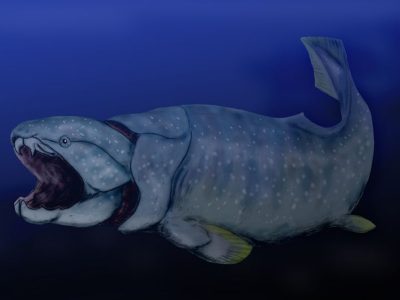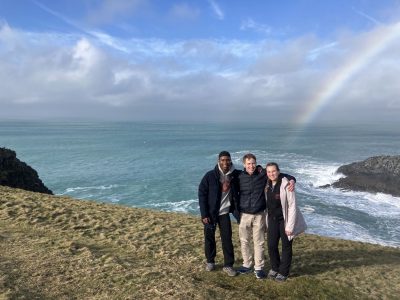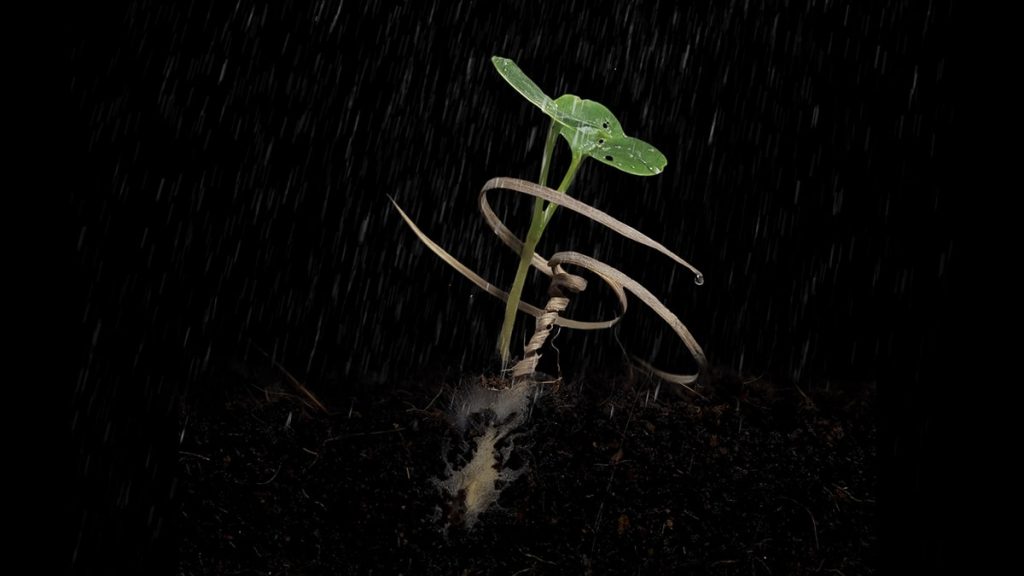
Before a seed can grow into a tree, flower or plant, it needs to successfully implant itself in soil—a delicate and complex process. Seeds need to be able to take root and then remain protected from hungry birds and harsh environmental conditions. For the Erodium flower to implant a seed, its stalk forms a tightly wound, seed-carrying body with a long, curved tail at the top. When it begins to unwind, the twisting tail engages with the ground, causing the seed carrier to push itself upright. Further unwinding creates torque to drill down into the ground, burying the seed.
Inspired by Erodium’s magic, mechanical and aerospace engineering Professor Teng Zhang worked with Lining Yao from Carnegie Mellon University (CMU) and a team of collaborators to engineer a biodegradable seed carrier referred to as E-seed. Their seed carrier, fashioned from wood veneer, could enable aerial seeding of difficult-to-access areas, and could be used for a variety of seeds or fertilizers and adapted to many different environments.
The carriers also could be used to implant sensors for environmental monitoring. They might also assist in energy harvesting by implanting devices that create current based on temperature fluctuations.
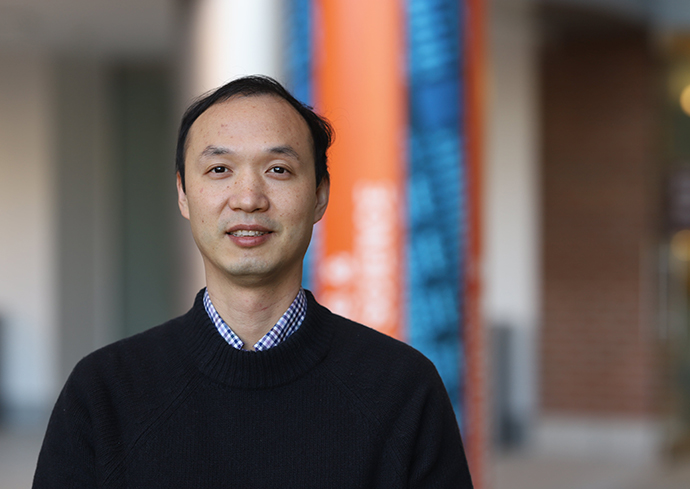
“This is a perfect example demonstrating the beauty and power of bioinspired design. We learn from nature and eventually achieve superior performance by leveraging the freedom of engineering design,” says Zhang, who also serves as an executive committee member of the Bioinspired Institute.
The team’s research appeared in the February issue of Nature.
The project is led by Lining Yao, director of the Morphing Matter Lab in the School of Computer Science’s Human-Computer Interaction Institute at CMU. Zhang developed models and performed simulations to explain the working mechanism of the wood actuators and the benefits of E-seed design.
The key authors of the paper also include Danli Luo, a former research assistant at the Morphing Matter Lab; Shu Yang, a materials scientist from the University of Pennsylvania; Guanyun Wang, a former postdoctoral researcher in the Morphing Matter Lab and now a faculty member at Zhejiang University; and Aditi Maheshwari and Andreea Danielescu from Accenture Labs.
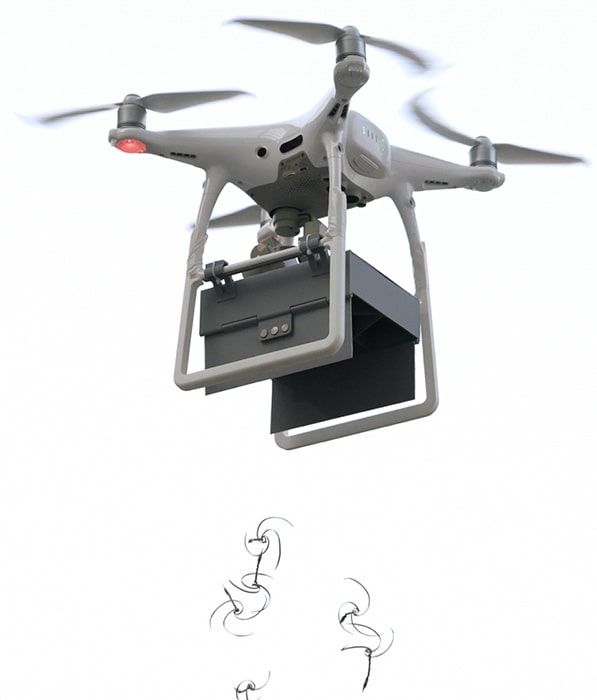
“Seed burial has been heavily studied for decades in terms of mechanics, physics and materials science, but until now, no one has created an engineering equivalent,” says Yao. “The seed carrier research has been particularly rewarding because of its potential social impact. We get excited about things that could have a beneficial effect on nature.”
“Gaining insight into the mechanics of wood and seed drilling dynamics leads to improved design and optimization,” says Zhang. “I am excited to see, by embracing cross-disciplinary collaborations, mechanics can play a critical role in making our society more sustainable.”
Read more about the collaborative project.
